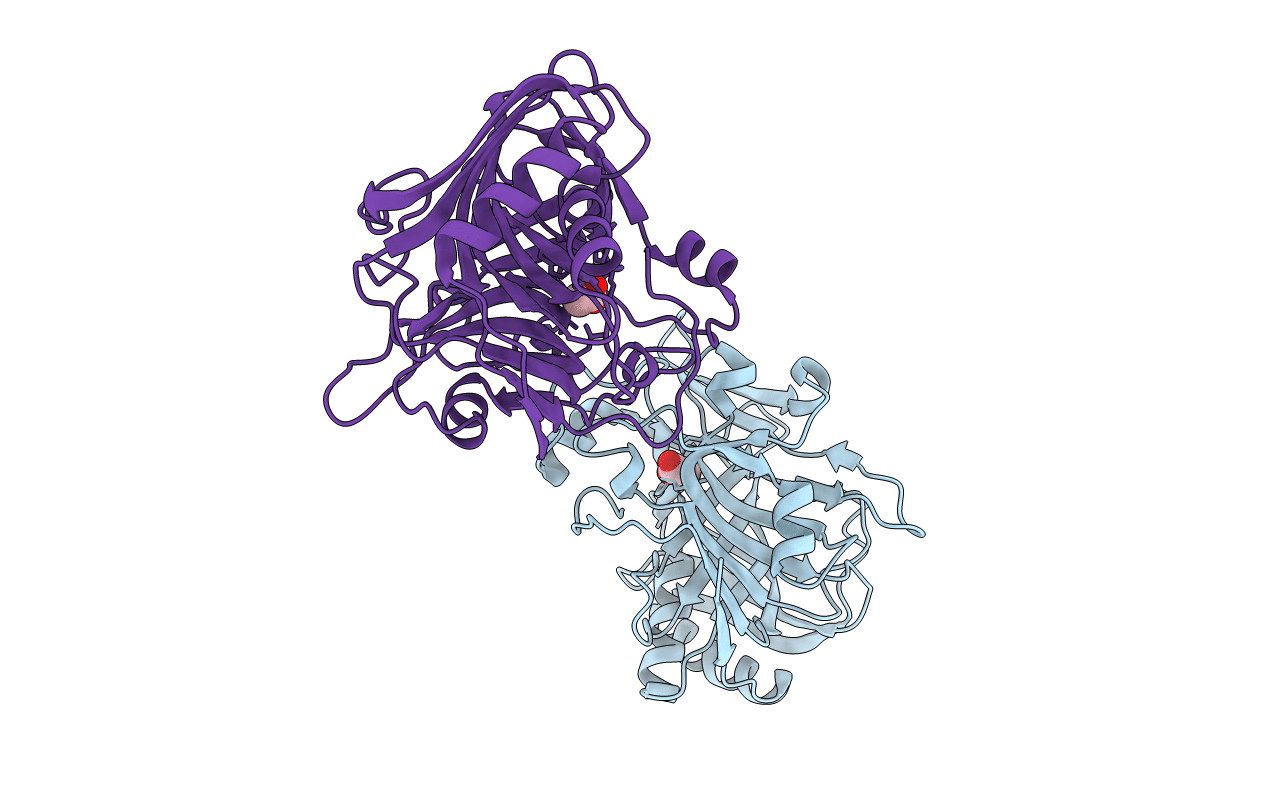
Deposition Date
2004-09-03
Release Date
2005-09-27
Last Version Date
2024-04-03
Entry Detail
PDB ID:
1XCR
Keywords:
Title:
Crystal Structure of Longer Splice Variant of PTD012 from Homo sapiens reveals a novel Zinc-containing fold
Biological Source:
Source Organism:
Homo sapiens (Taxon ID: 9606)
Host Organism:
Method Details:
Experimental Method:
Resolution:
1.70 Å
R-Value Free:
0.22
R-Value Work:
0.18
Space Group:
P 1 21 1


